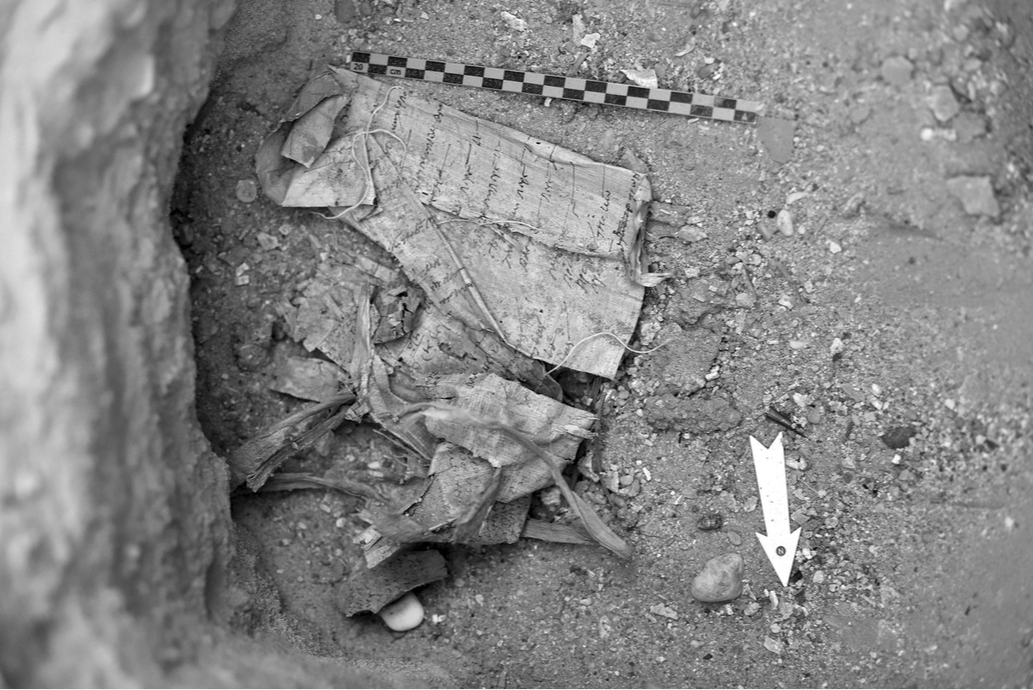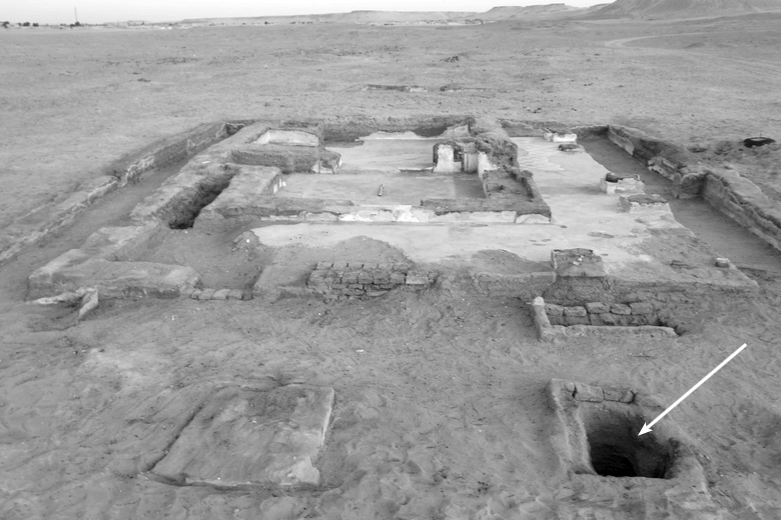In a remarkable archaeological find, long-lost fragments of ancient Greek literature have been brought to light. Approximately 100 lines from two previously missing tragedies by the renowned 5th-century B.C.E. playwright Euripides have been uncovered and translated. The plays, Ino and Polyidos, had been known only through plot summaries and brief quotations. This discovery has been hailed as one of the most important contributions to the study of Greek tragedy in over fifty years.
The fragments were found in a 2022 excavation by an Egyptian archaeological team at Philadelphia, an ancient necropolis located 75 miles southwest of Cairo. The unearthed papyri, dating to the 3rd century C.E., were discovered in a series of pit graves connected to an older funerary structure. These findings are particularly significant due to the rarity of surviving texts from Euripides, who was one of the most prolific tragedians of ancient Greece.
The Plays: Ino and Polyidos
The first of the two plays, Ino, was a revenge tragedy, from which 37 lines were recovered. The play centers around the myth of Ino, a Theban princess and one of the wives of King Athamas, involved in a tragic cycle of betrayal and vengeance. The newly discovered scene depicts Ino in the aftermath of her conflict with Themisto, her rival for Athamas' affection, as she revels in her triumph. This play had been among Euripides' most popular works but was almost entirely lost to time.
The second play, Polyidos, is a moralistic tragedy from which 60 lines were found. The story revolves around King Minos of Crete and the titular soothsayer, Polyidos, whom Minos implores to revive his deceased son, Glaucus. The newly uncovered dialogue touches on profound themes such as the limits of wealth, power, and governance, as Polyidos critiques the king’s attempt to manipulate fate. “You are rich, but don’t think you understand the rest,” Polyidos warns Minos, highlighting the hubris often associated with prosperity.
The papyri were found in a clump in the northeast corner of the tomb. Photo: courtesy Basem Gehad.
A Scholarly Collaboration
The discovery of these papyri and their attribution to Euripides was made possible through collaboration between the excavation director, Basem Gehad, and Yvona Trnka-Amrhein, an assistant professor of classics at the University of Colorado Boulder. Upon confirming the authenticity of the fragments using an online database of ancient Greek texts, Trnka-Amrhein enlisted the expertise of her colleague John Gibert, a noted Euripides scholar, to assist in the translation and analysis of the material.
Their work has been published in the Journal of Papyrology and Epigraphy, offering a detailed insight into the plays’ content and their historical context. Trnka-Amrhein expressed the significance of this find, noting, “This is the most significant find of Greek tragedy since the publication of a papyrus of Euripides' Erechtheus in the Sorbonne collection in 1967.”
The Papyrus: A Glimpse into Ancient Education
The papyrus itself offers intriguing clues about its origins and purpose. The script, dated to the 3rd century C.E., is not of the luxurious variety often associated with commercially produced literary texts. Instead, the format suggests it may have been used as a manual for elementary education. Words were occasionally broken into syllables, hinting that the manuscript might have been part of a classroom collection for students learning Greek literature.
The presence of these texts in Egypt also sheds light on the transmission of Greek literature during the Roman period, when papyrus manuscripts were still in circulation among scholars and educators in the Hellenistic world. It is possible that the producer of this text was a higher education teacher, possibly operating within a well-stocked library of classical works.
The site at the Egyptian necropolis of Philadelphia where the fragments were found. Photo: courtesy Basem Gehad.
Thematic and Archaeological Resonances
What makes this discovery even more compelling is the thematic connection between the plays and the archaeological context of their discovery. Both Ino and Polyidos prominently feature tombs, echoing the funerary setting in which the papyri were unearthed. This alignment between the content of the plays and the burial grounds in which they were found invites further reflection on the cultural and ritualistic significance of these texts within ancient society.
The fragment from Polyidos, in particular, involves a discussion about death and resurrection, fittingly discovered within a necropolis. In this myth, Minos' desperation to resurrect his son reflects the ancient desire to transcend mortality—a theme that would resonate strongly in the context of an Egyptian burial site.
A New Era for Classical Scholarship
This discovery not only enriches our understanding of Euripides' body of work but also opens new avenues for studying the dissemination and preservation of Greek tragedy in antiquity. The unearthing of additional fragments of Ino and Polyidos revives long-lost elements of classical literature, offering scholars an invaluable glimpse into the moral and philosophical concerns of the ancient world.
As noted by the translators, other papyrus fragments found at the site are expected to be published soon, raising the possibility of more thrilling discoveries that could further illuminate the cultural and literary history of the Mediterranean world.
In the ever-evolving field of archaeology and papyrology, this find stands as a testament to the enduring relevance of ancient texts, reminding us that even in our modern age, the wisdom of the past continues to emerge from the depths of history.









